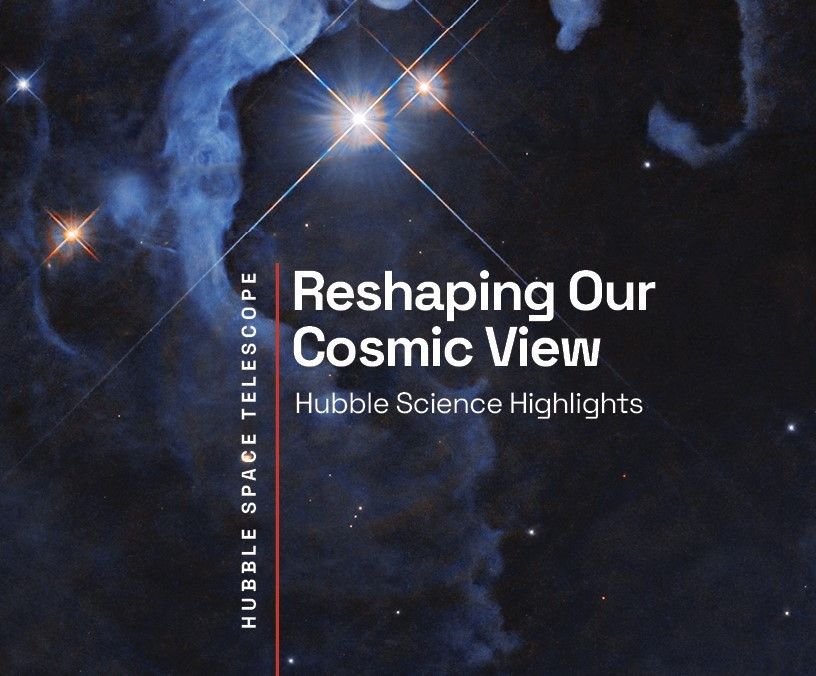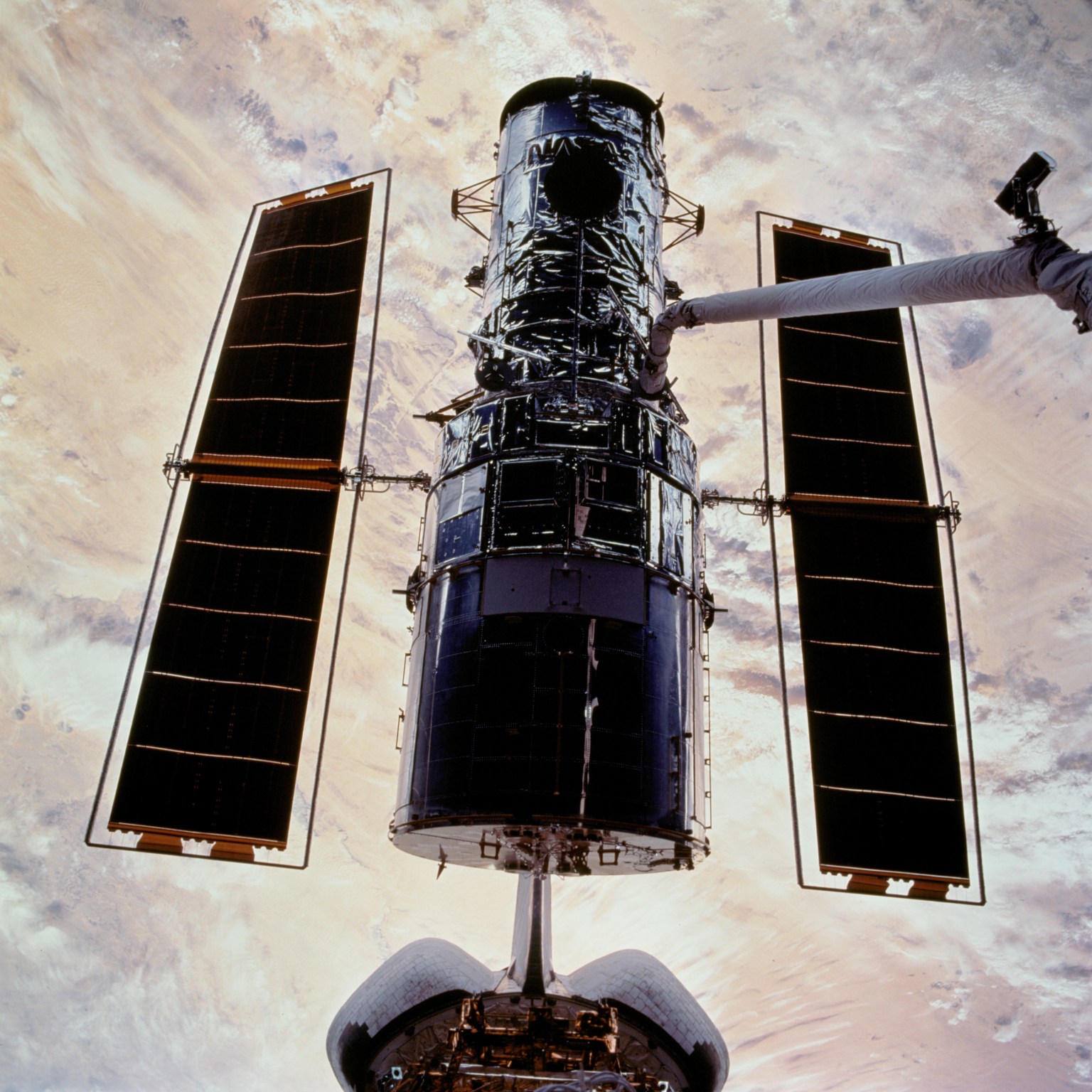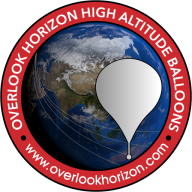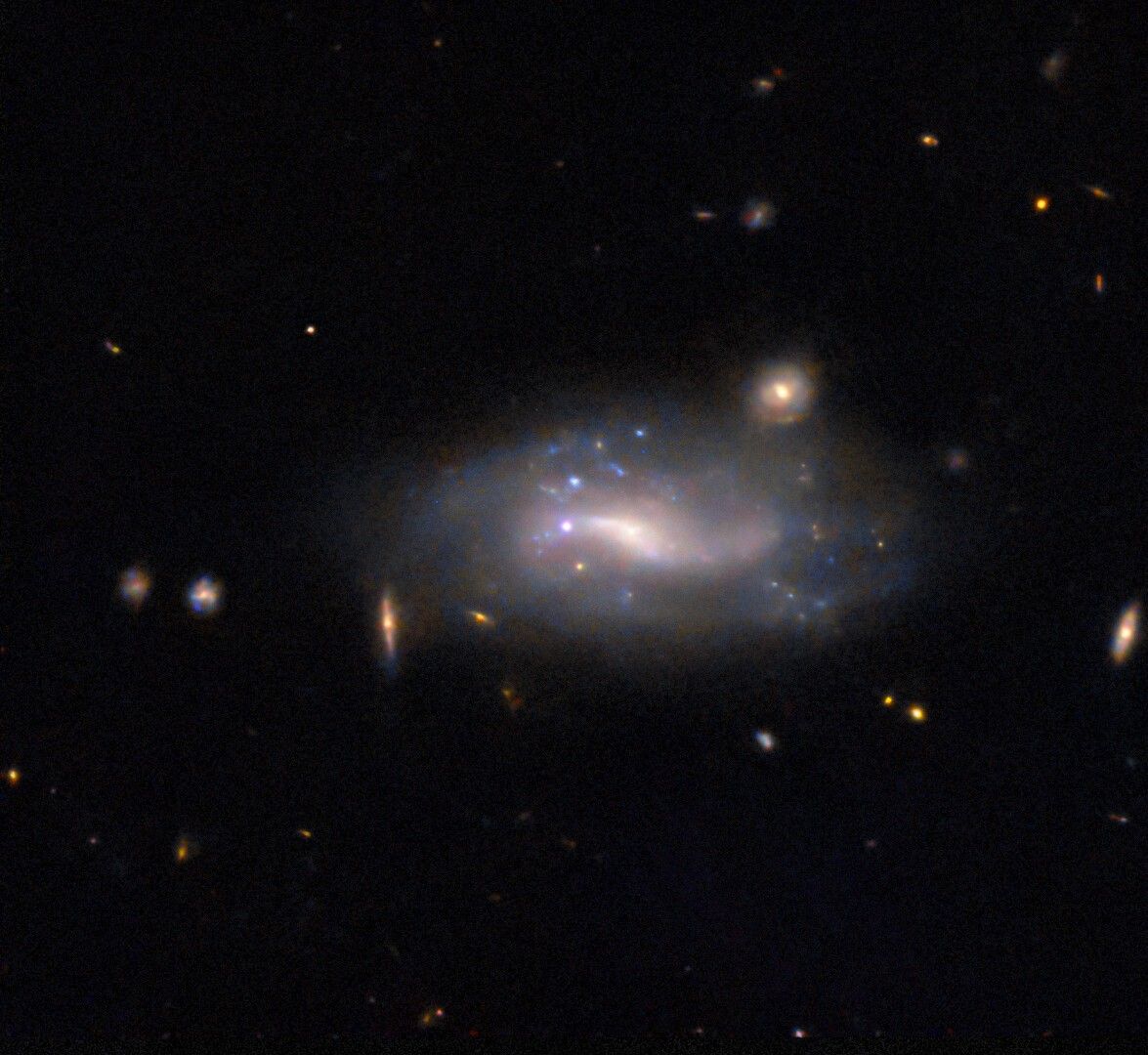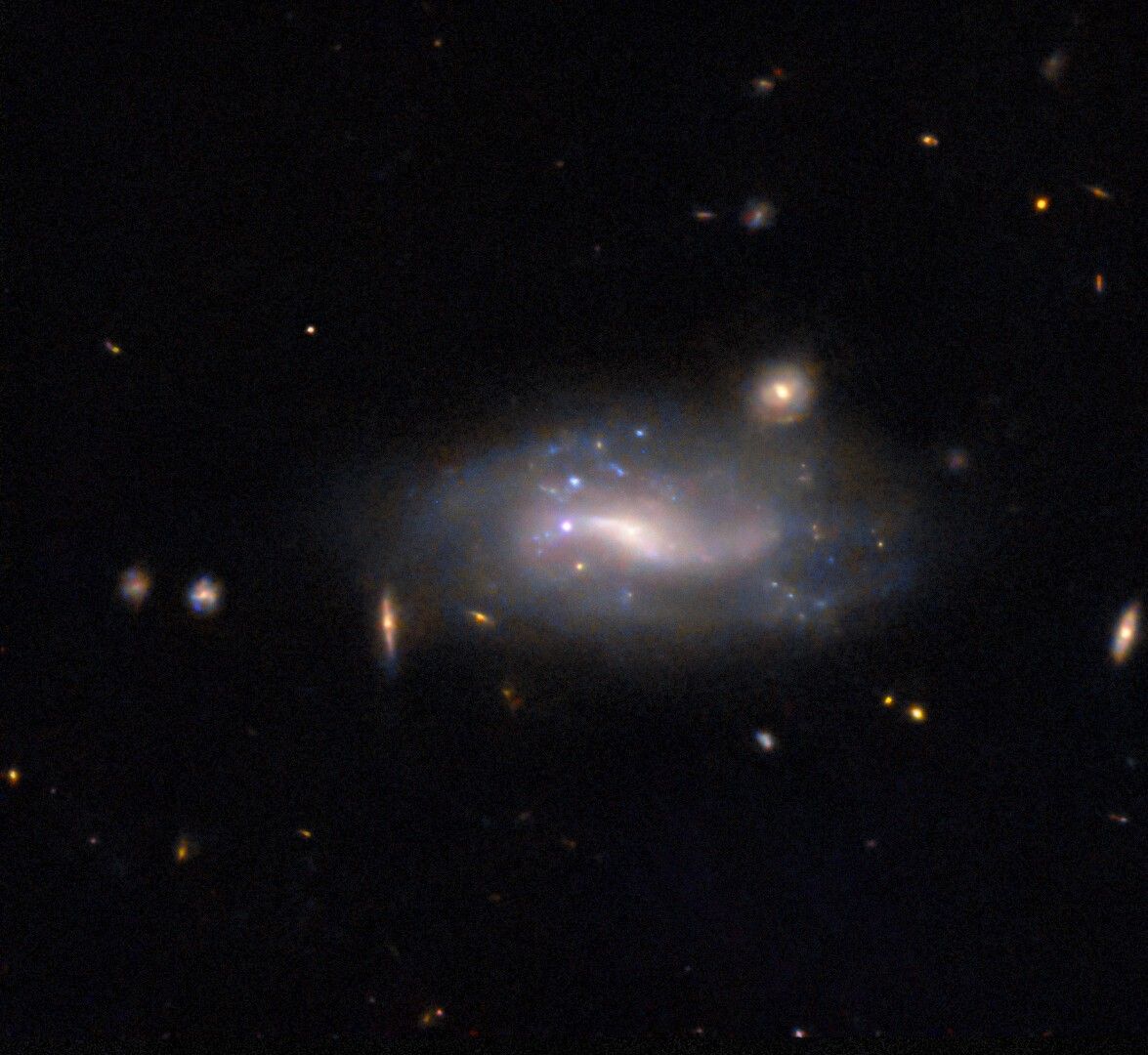Explore Hubble Hubble Home Overview About Hubble The History of Hubble Hubble Timeline Why Have a Telescope in Space? Hubble by the Numbers At the Museum FAQs Impact & Benefits Hubble’s Impact & Benefits Science Impacts Cultural Impact Technology Benefits Impact on Human Spaceflight Astro Community Impacts Science Hubble Science Science Themes Science Highlights Science Behind Discoveries Hubble’s Partners in Science Universe Uncovered Explore the Night Sky Observatory Hubble Observatory Hubble Design Mission Operations Missions to Hubble Hubble vs Webb Team Hubble Team Career Aspirations Hubble Astronauts News Hubble News Hubble News Archive Social Media Media Resources Multimedia Multimedia Images Videos Sonifications Podcasts e-Books Online Activities Lithographs Fact Sheets Posters Hubble on the NASA App Glossary More 35th Anniversary Online Activities 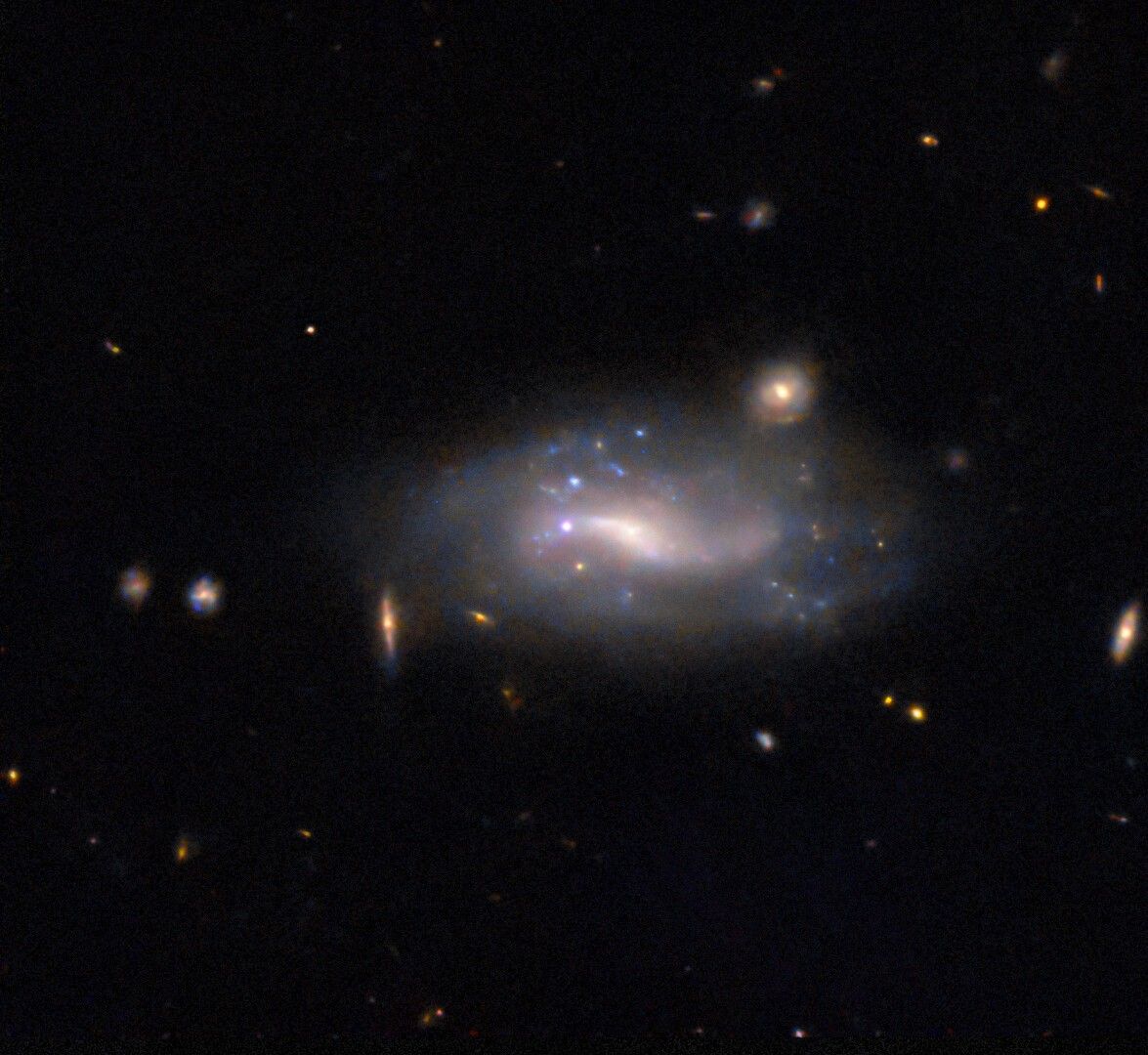 Hubble captured this image of supernova SN 2022abvt (the pinkish-white dot at image center) about two months after it was discovered in 2022. ESA/Hubble & NASA, R. J. Foley (UC Santa Cruz)
Hubble captured this image of supernova SN 2022abvt (the pinkish-white dot at image center) about two months after it was discovered in 2022. ESA/Hubble & NASA, R. J. Foley (UC Santa Cruz)
Download this image
A supernova and its host galaxy are the subject of this NASA/ESA Hubble Space Telescope image. The galaxy in question is LEDA 132905 in the constellation Sculptor. Even at more than 400 million light-years away, LEDA 132905’s spiral structure is faintly visible, as are patches of bright blue stars.
The bright pinkish-white dot in the center of the image, between the bright center of the galaxy and its faint left edge, is a supernova named SN 2022abvt. Discovered in late 2022, Hubble observed SN 2022abvt about two months later. This image uses data from a study of Type Ia supernovae, which occur when the exposed core of a dead star ignites in a sudden, destructive burst of nuclear fusion. Researchers are interested in this type of supernova because they can use them to measure precise distances to other galaxies.
The universe is a big place, and supernova explosions are fleeting. How is it possible to be in the right place at the right time to catch a supernova when it happens? Today, robotic telescopes that continuously scan the night sky discover most supernovae. The Asteroid Terrestrial-impact Last Alert System, or ATLAS, spotted SN 2022abvt. As the name suggests, ATLAS tracks down the faint, fast-moving signals from asteroids close to Earth. In addition to searching out asteroids, ATLAS also keeps tabs on objects that brighten or fade suddenly, like supernovae, variable stars, and galactic centers powered by hungry black holes.
Facebook logo @NASAHubble @NASAHubble Instagram logo @NASAHubble Explore More
The Death Throes of Stars
Homing in on Cosmic Explosions
Media Contact:
Claire Andreoli (claire.andreoli@nasa.gov)
NASA’s Goddard Space Flight Center, Greenbelt, MD
Details Last Updated Feb 07, 2025 Editor Andrea Gianopoulos Location NASA Goddard Space Flight Center Related Terms Hubble Space Telescope Galaxies Goddard Space Flight Center Spiral Galaxies Stars Supernovae The Universe
Keep Exploring Discover More Topics From Hubble Hubble Space Telescope
Since its 1990 launch, the Hubble Space Telescope has changed our fundamental understanding of the universe.
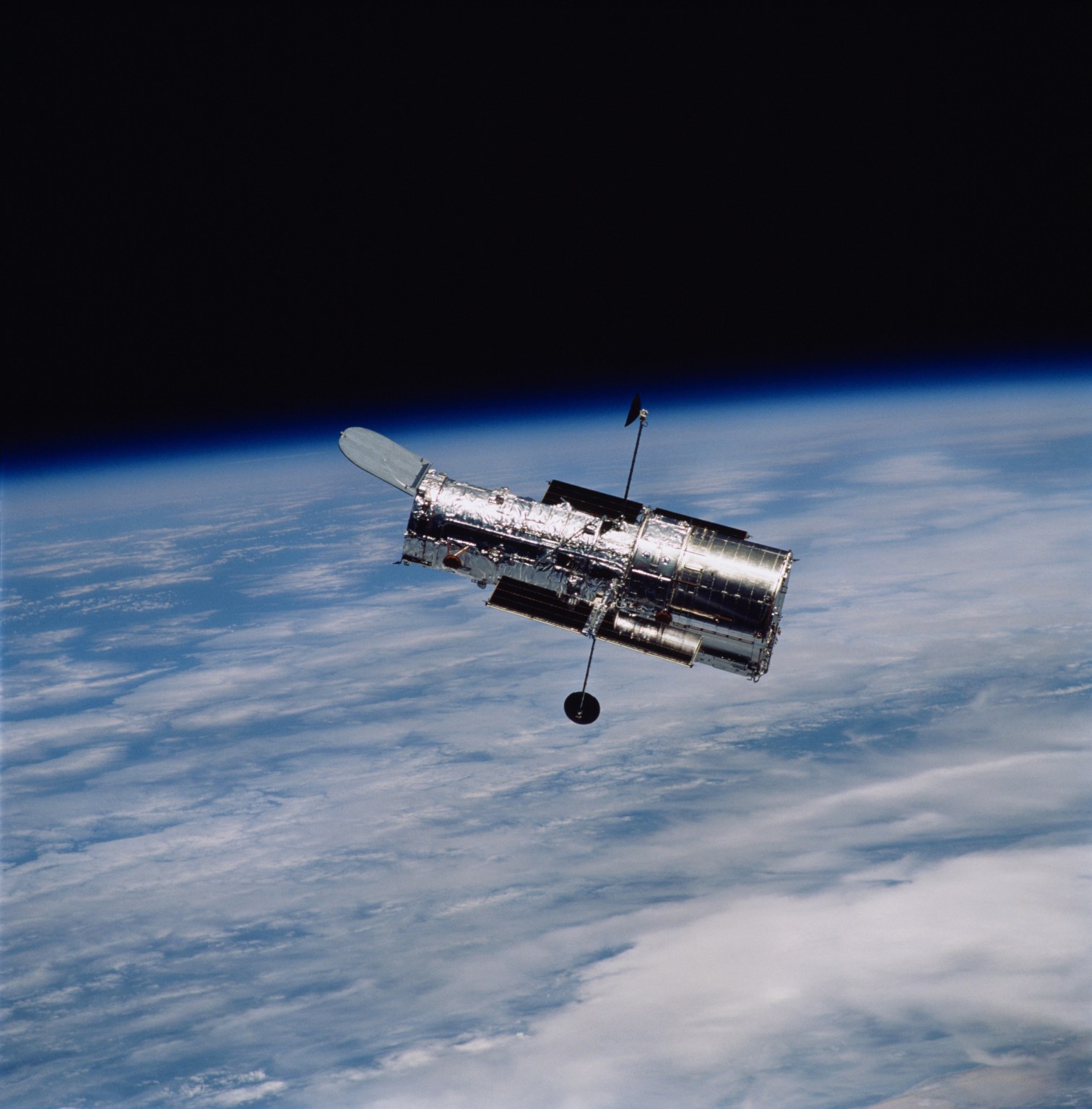
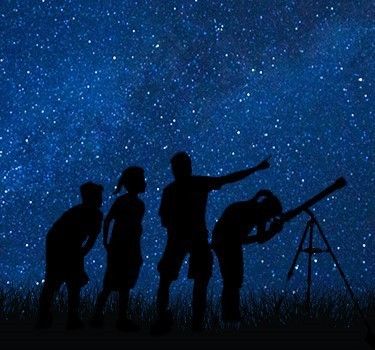
Reshaping Our Cosmic View: Hubble Science Highlights
